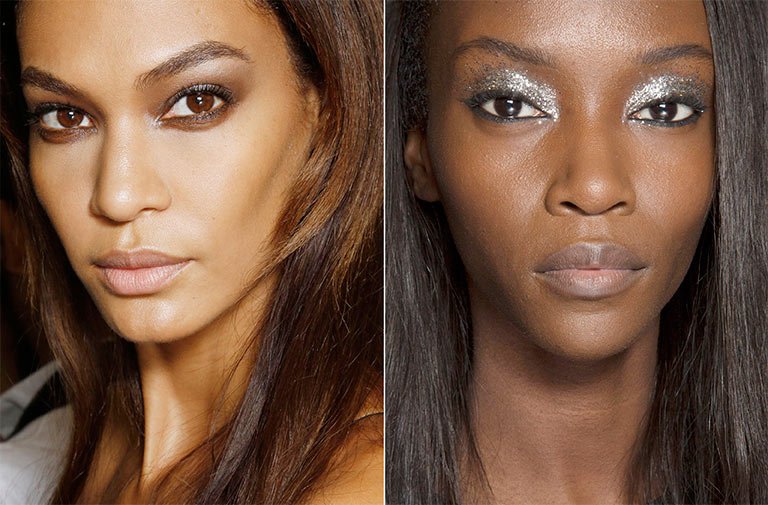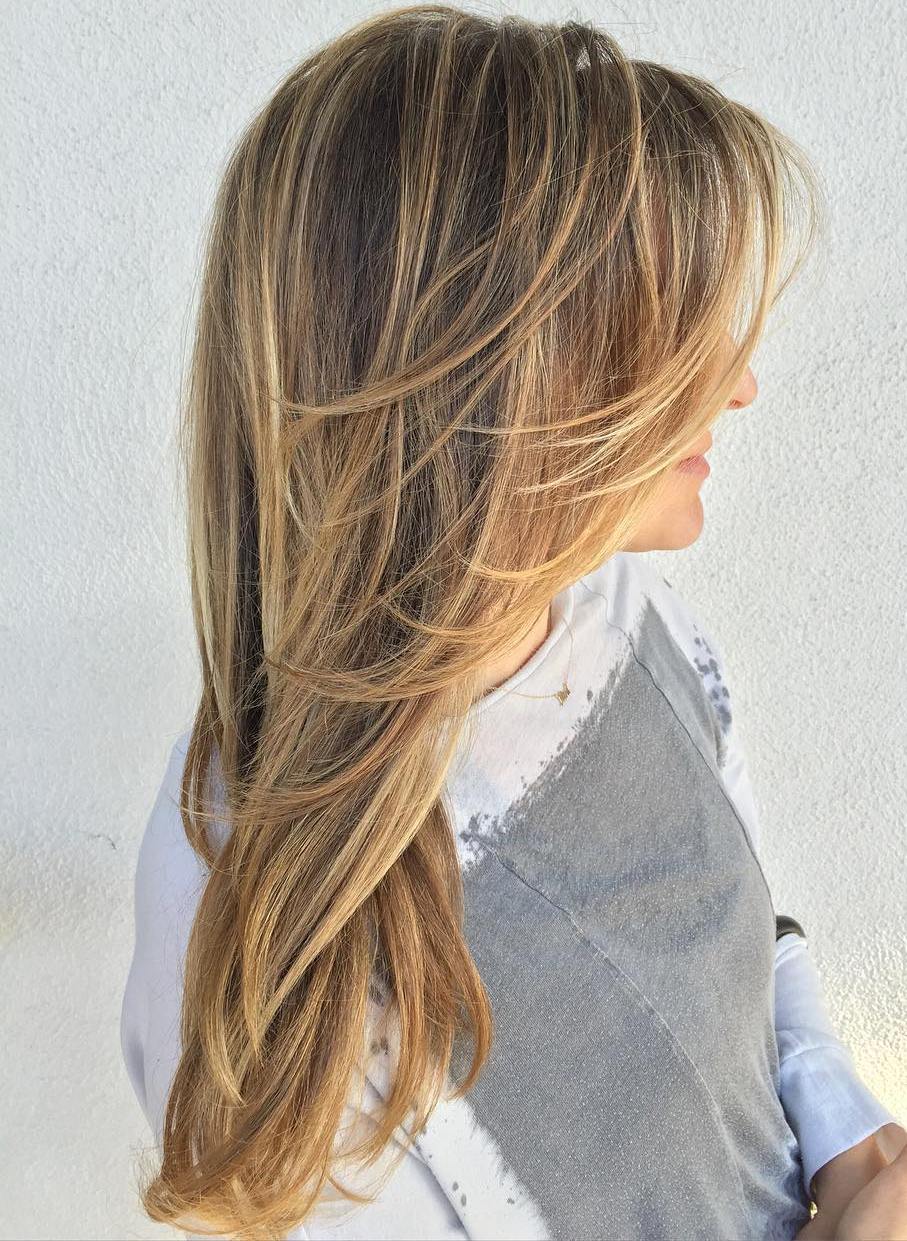
Have you ever wondered why certain colors don’t seem to look as flattering on your dark skin tone? Well, we’ve got the inside scoop on which shades to avoid if you want to enhance your natural beauty. From fashion faux pas to makeup mishaps, it’s time to unlock the secrets of color and unleash your true radiance. Whether you’re a fashionista looking to revamp your wardrobe or a makeup enthusiast wanting to experiment with new looks, this article will guide you through the world of color and help you make choices that will truly make your dark skin shine.
Colors That Can Make Dark Skin Appear Dull
Dark skin is beautiful and radiant, but there are certain colors that can unintentionally dull its natural glow.
- One such color is beige. While beige may be a versatile neutral in many people’s wardrobes, it can make dark skin appear lackluster and washed out. This is because beige often blends too closely with the undertones of dark skin, causing it to lose its vibrancy. Instead of opting for beige, those with dark skin can choose earthy tones like deep browns or rich burgundies to enhance their complexion and bring out its natural warmth.
- Another color dark-skinned individuals may want to avoid is pastel pink. Although pastels are trendy and often associated with femininity, they can have an adverse effect on darker complexions by making them look ashy or pale. Pastel pink may clash with the deeper pigment of dark skin, creating an unflattering contrast. However, instead of completely shying away from pinks, those with darker skin tones can opt for bolder shades like magenta or fuchsia to beautifully complement their complexion and add a pop of color without diminishing their radiance.
By being mindful of how certain colors interact with dark skin tones, individuals can make informed decisions when curating their wardrobe palette. Remember that bold hues and deep jewel tones tend to work wonderfully on darker complexions while avoiding dulling neutrals like beige and clashing pastels like pale pink will help accentuate your natural beauty. Embracing vibrant colors that harmonize with
Colors That Can Enhance The Natural Beauty Of Dark Skin
When it comes to enhancing the natural beauty of dark skin, there are certain colors that can truly make a statement. Jewel tones such as emerald green, royal purple, and sapphire blue not only complement the richness of dark skin but also provide a striking contrast that draws attention in all the right ways. These vibrant hues bring out the warmth and depth of complexions, making them perfect for formal events or even everyday wear.
In addition to jewel tones, earthy shades like burnt orange, deep reds, and golden yellows can also enhance the natural beauty of darker skin tones. These warm colors have a way of bringing out the radiance and glow from within, creating a beautiful harmony with dark complexions. Whether it’s an autumn-inspired outfit or a bold lip color, these earthy shades add depth and dimension to any look while accentuating the natural beauty already present.
How To Determine Your Undertone And Choose Flattering Colors
Determining your undertone is the key to unlocking a world of flattering colors that will make your dark skin glow. Undertones can be warm, cool, or neutral and understanding this can vastly improve your color choices when it comes to clothing and makeup. One way to determine your undertone is by looking at the veins on the inside of your wrist. If they appear greenish, you likely have warm undertones. If they appear bluish or purplish, you likely have cool undertones. And if you can’t quite tell whether they lean towards green or blue, you may have neutral undertones.
Once you’ve determined your undertone, it’s time to choose colors that will bring out the best in your complexion. For those with warm undertones, earthy tones like browns, oranges, and yellows are incredibly flattering. On the other hand (pun intended), individuals with cool undertones should lean towards jewel tones like emerald green, sapphire blue, and amethyst purple for a striking contrast against their complexion. Lastly, for those lucky enough to have neutral undertones – an equal mix of warm and cool – almost any color will work well with their skin tone.
Conclusion:
In conclusion, it is crucial to embrace your unique beauty and celebrate the diversity of colors that make you who you are. While there may be some outdated notions about which colors dark skin should avoid, it is time to break free from these limitations and explore a world of possibilities. Instead of focusing on what not to wear, let’s shift our attention to finding the right colors that enhance our natural radiance.
Every individual has their own unique skin tone and undertone, which can greatly impact how certain colors look on them. Embracing this uniqueness means experimenting with different hues and shades to find those that truly bring out the best in you. Whether it’s a bold red or a soft pastel, every color has its own magic when combined with the richness of dark skin tones.
It is also important to consider personal style and preferences while choosing colors that complement your dark skin tone. Just like no two people are alike, fashion choices are subjective as well. What matters most is feeling confident and comfortable in whatever color you choose to adorn yourself with. Remember, true beauty lies within self-acceptance and embracing one’s individuality—colors can only enhance what is already radiant from within. So go ahead, step out of your comfort zone, experiment fearlessly with different shades, and bask in the glory of your unique beauty!






